
How compost tea is beneficial
Compost tea is a concoction that is what it sounds like. It is a cold brewed tea, using fresh compost as the source of the tea. Good, healthy compost is a mass of beneficial microbes, and these microbes thrive in a moist, air-rich environment. Even better, the “bad” bacteria and microbes thrive in an air-starved environment. Brewing a batch of compost tea introduces these microbes into an environment where the good ones will thrive, and the bad ones will not.
As the tea brews, the healthy microbes feed and multiply, over and over, until the container is overflowing with microbes. If we then apply this concoction to our soil, we get so many more healthy, beneficial “bugs” into our soil. These beneficial microbes then go to work breaking down dead plant and animal debris, returning those nutrients and minerals back to the soil. Where it is available to the plants once again.
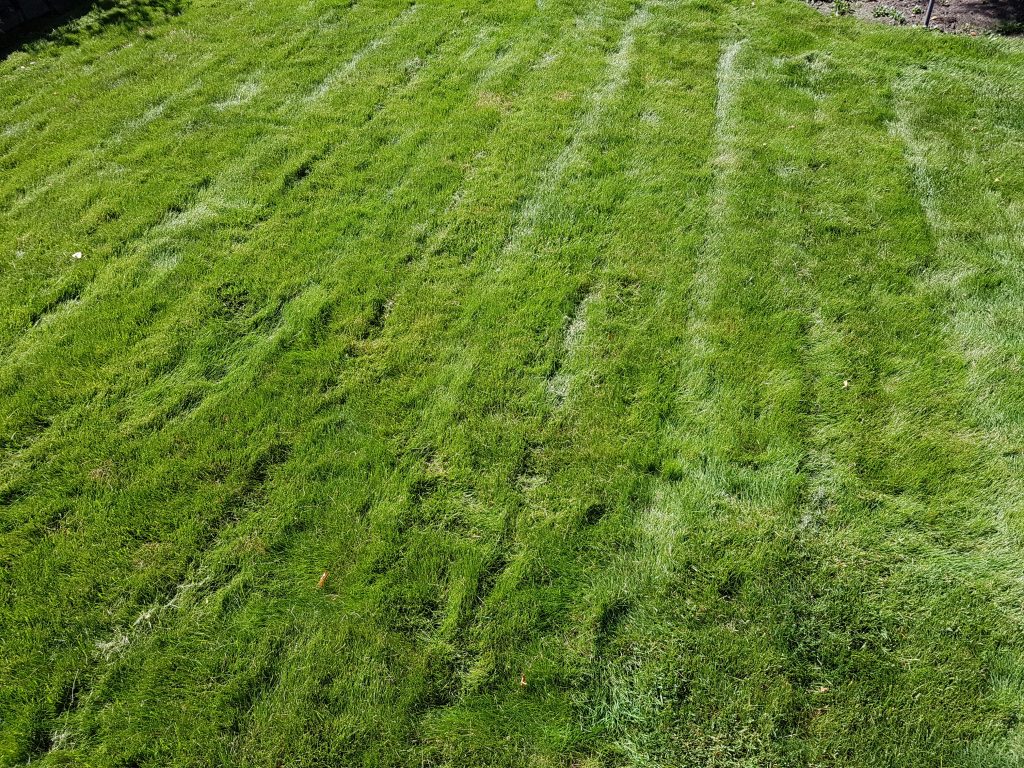
How to brew
There is only a few pieces of equipment that you will need.
A container;
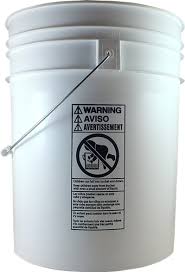
A source of air circulation;
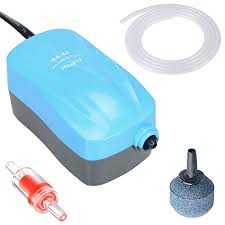
& Cheesecloth, with some twine or string to secure it;
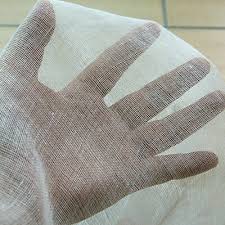
Materials needed:
Fresh compost;
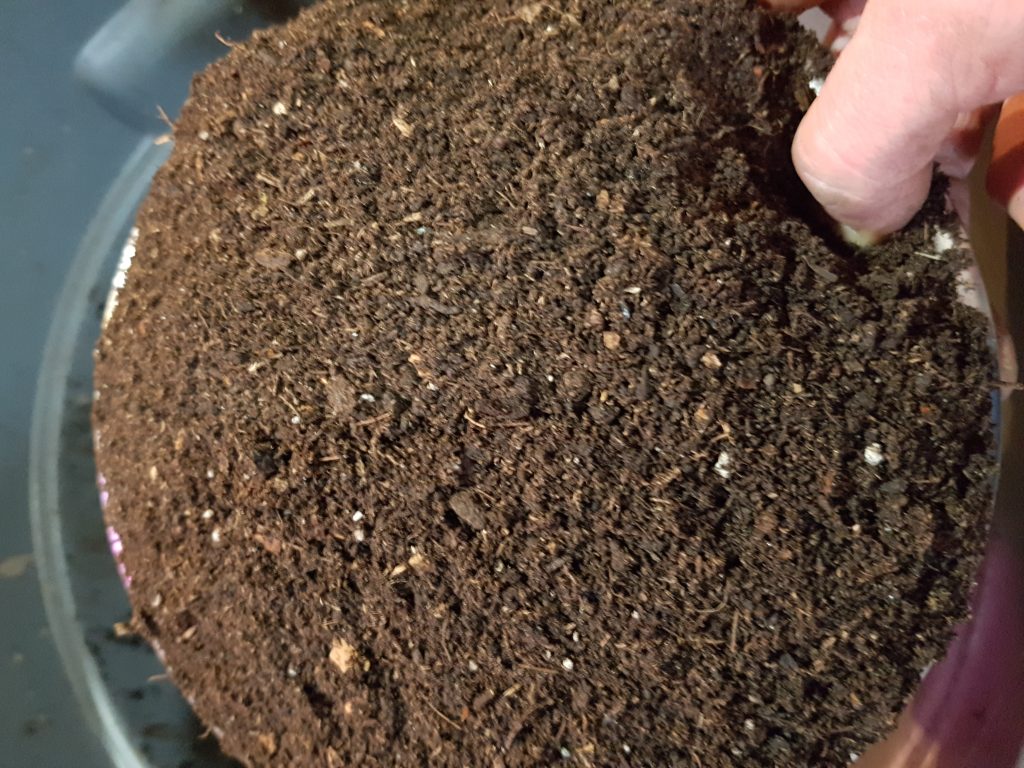
Un-chlorinated water;

Un-sulphured Molasses;

& Seaweed or Kelp extract (optional)
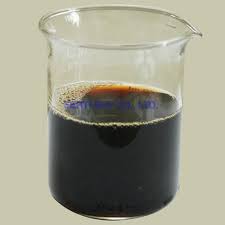
The brewing process
The setup for brewing compost tea is relatively straight forward. There are a couple of things to keep in mind though. I generally use 20 litre pails for making compost tea. I will make two batches at a time if I need to, just to keep the process consistent. The ratios are relative to the size of your brewer. For the purpose of this page we are using a 20 L (5 Gal) pail.
Step 1: The water.
Use un-chlorinated water only. If you are on a well system or have fresh water available, that is great, or rainwater can also be collected for compost tea. If you are using water from the tap, and it is chlorinated, no problem. Fill the pail 24 hours before you want to start brewing tea and let it sit. The chlorine will evaporate out of the water. Placing the pail of water in the sun and stirring the water occasionally will speed up this process as well. Running the air circulating equipment in the fresh water will speed this process up the most. Place the air stones in the water and turn the pump on for a few hours. Start the pump in the morning, and by the afternoon your ready to start brewing.
Chlorine is in the drinking water to kill bacteria and microorganisms. Brewing compost tea is looking for the opposite effect. We want the microorganisms to flourish and multiply. This is why we want the chlorine out of the water.
Step 2: The “tea bag”
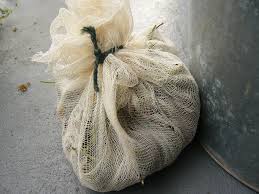
If you are using a cheesecloth bag, which are available most placed that sell cheesecloth. This step is super easy. If you are using a sheet of cheesecloth, its still super easy.
Place a larger than a softball sized scoop of compost into the cheesecloth. If your not into softball, lets say 500 – 750 mL of compost. Once the compost is in the cheese cloth, stick one of the air stones (with hose attached) into the compost. Put it right in the middle. Let the hose be loose, and make sure there is enough hose to go from the air stone in the compost tea, to the pump, but don’t connect it yet.
Once you get the hose placed, tie the top of the bag or cloth tightly with the twine. The bag will be secured to the side of the pail. Have extra twine attached to the bag before you put it in the water.
Step 3: The air circulation
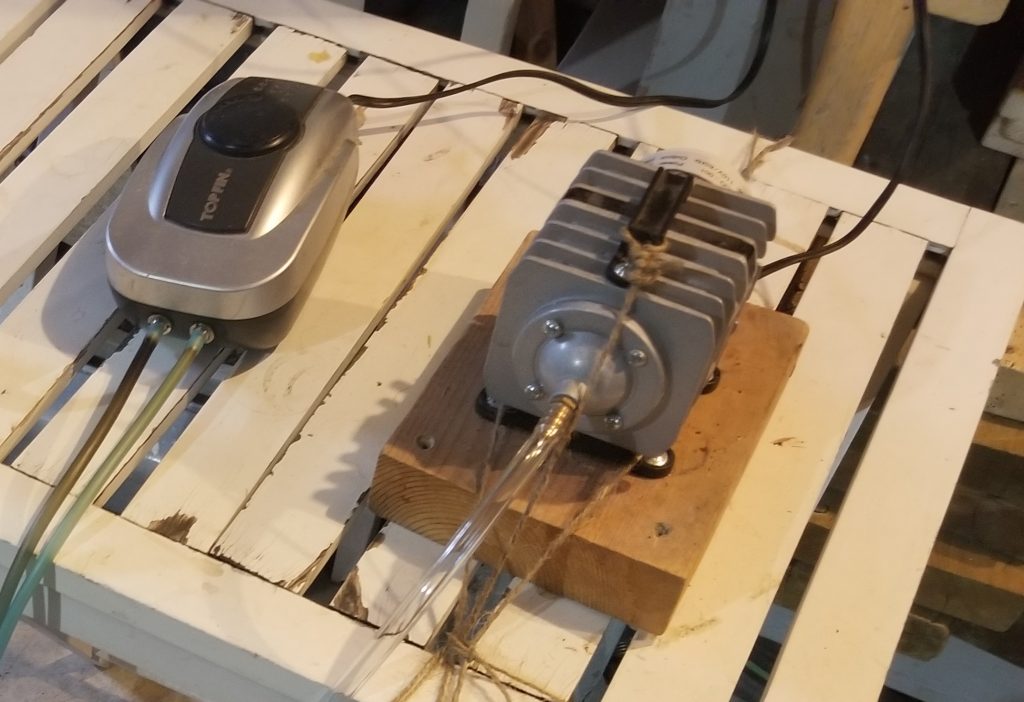
Step 2 and 3 can be interchanged. but, you want to do both before step 4.
If it wasn’t needed to de-chlorinate the water, get the air flowing in the water while it is still just fresh water. Trust me on this one. I like to use air stones common in aquariums. I will put one in the tea bag, as described above, and place a flat stone on the bottom of the pail with a third one just floating in the mix. Two is a must, in my opinion, but three is better. So, when acquiring a pump, get one with two outlets, or get a splitter to divide the air into 2-3 outlets.
The smaller the air bubbles the better. The bugs we are trying to breed are microscopic, they enjoy little bubbles of air. It also doesn’t make the surface of the tea as turbulent which is good. The air stones may want to float, so having something to weigh them down may come in handy.
Step 4: Making the tea
Special note*
Fill the pail with water leaving about 3 inches from the top. This leaves room for the addition of the compost, as well as foaming during the brewing process.
Once the pump is set up and the air is flowing in the water, it is ready for the compost. Tie the bag securely at the top, and have the hose ready to be attached to the pump. Place it in the water.
Slowly add the compost to the water. Just allow the water to absorb in and the bag will sink in to the water. Tie the bag so that it is not touching the bottom of the pail, and secure it to the pail. I like to use the pail handle and just tie a knot, but however it is secured, the resting spot of the bag should be off the bottom of the pail.

Step 5: Cream and sugar (aka feeding the microbes)
Now that the tea is brewing, it’s time to “feed the bugs”. As their numbers multiply, they will run out of food quickly from the compost added, so we need to supplement their food source. I like to use un-sulphured molasses, and a kelp, or seaweed, extract.
Using a dipping cup of some kind. A measuring cup or yogurt container works great. Take out a bit of the water from the pail. This can be done before or after the compost is added. To the water, add a quarter cup of molasses and a couple of tablespoons of the extract. Mix that up really good in the cup, so it is completely dissolved and pour the mixture back into the compost tea.
If the tea is going to be used right away, then one feeding should be enough. If the application is delayed for any reason, simply repeat the feeding process every couple of days, until the tea is used. This will not work forever, but will buy a couple of days if needed.
Step 6: Brewing compost tea

With everything in the pail and brewing, all thats left to do is wait. Depending on the temperature of the water, the brewing process should take 24-48 hours, with 36 being about optimum. The warmer water will brew faster, but will use up the available food quickly. Colder temperature water will take longer to brew. If the water is too hot or cold, the bugs will not multiply at all. Aim for around room temperature, and it should be just fine.
It is a good idea to place your brewing system in a water proof container if you are worried about the floor. Compost tea is great, but may stain the floor if it spills. As the brew…..brews, a foam will develop on top. If the foam spills over it can stain the floor as well, so keep that in mind.
To know when the tea is ready is not hard either. A sweet, muddy smell, like a forest bog, is a good indication. Bad bacteria smell bad. These pictures should help. The picture above shows right after the air was unplugged, and the tea is ready to be used. The picture below shows how quickly the air is used up. The pail is only half full and the foam is gone. Keep the air going as long as you can. Even while the pail is being emptied.
Step 7: Application

For the application of the tea, there are a number of options. Fill a watering can, a sprayer of some kind, or use it directly out of the pail. No matter what the applicator, it is a good idea to screen the tea as the container is being filled. This keeps things from clogging.
For smaller areas, especially if it is in need of a serious boost, a watering can may be the best tool. For a larger area, a sprayer may be better. Houseplants would probably be good with a measuring cup.
The beneficial microorganisms in the compost tea are living organisms. They have a size and fragility to them. When thinking about application, we need to get them out of the pail and onto the plants and into the soil, without harming them. If spraying, choose a larger fitting for the end of the wand. Applications should be timed with weather and sunlight in mind as well. Just after a rain shower, or early in the morning, before the sun is on the plants is ideal. Give the microorganisms time to get under cover before the sunlight hits them. It is pointless to breed all these beneficial bugs in the pail, only to kill them all during the application process.
Contact me if you would like more information about compost tea and the benefits!